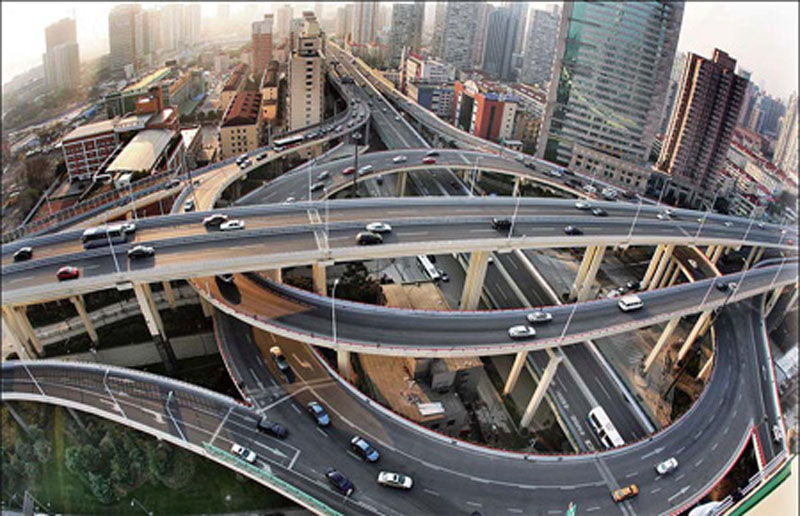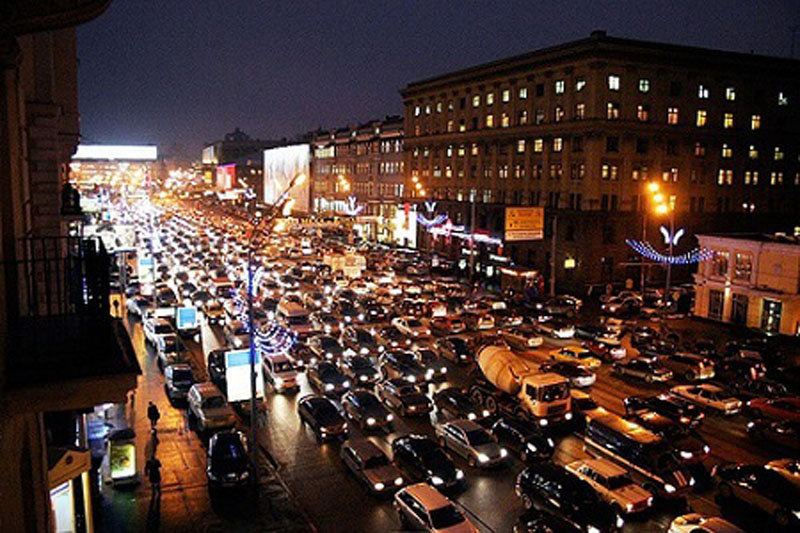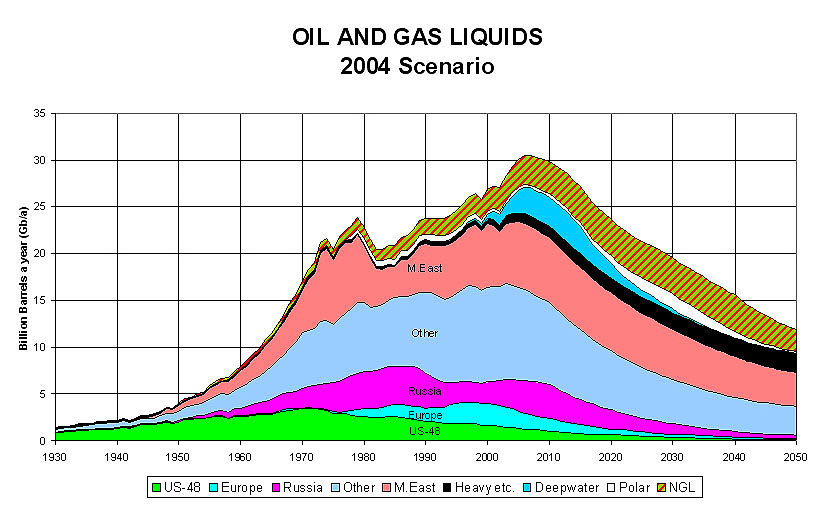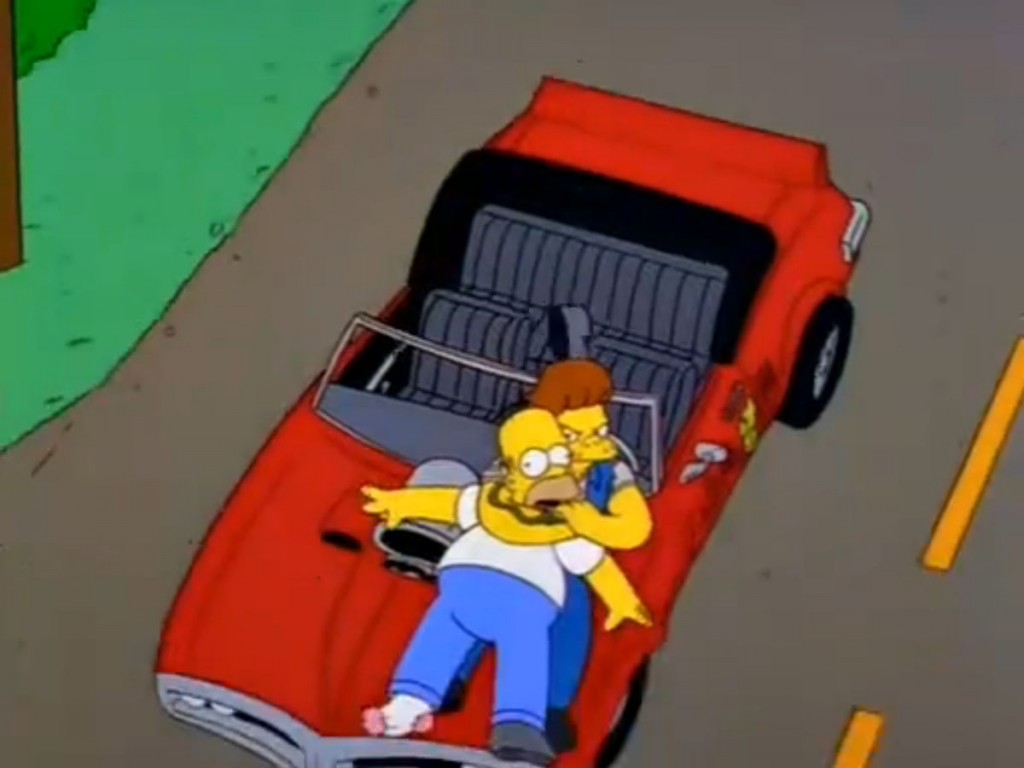The DomPost today reported that an Opus report on possible future road congestion, was completed in December (now 9 months ago), but has “not yet reached the Regional Council table” ie Greater Wellington. Despite having been produced by Opus, who are completely independent of GWRC, and despite it having somehow been sat on or mysteriously mislaid by either Opus, GWRC, or the NZ Postal Service, Councilor Paul Bruce seems to have got a copy of it – and so does the DomPost.

While the Stuff website is aburst with people (none of whom have read it) full of opinions over how good it is, or how biased and bad it is (personally I think they may want to stop and read it first…), I’m intrigued that no one seems to be saying – “where the bloody hell have you been for the last 9 months?” – which would seem to be the most valid point to make. Even Scoop does not yet have a copy. And even the magnificent Auckland Transport blog does not have a copy. And of course, most annoyingly, even we here at the Fish do not have a copy. If you have a secret squirrel pre-official-tabling copy, you could always send it to us: contact @ eyeofthefish . org Thanks!
Fortunately for us, the always sensible and level headed AA had the following point to say:
“Automobile Association spokesman Mike Noon said he did not think motorists had anything to fear from the new highways.”
Phew! Thank goodness for that. It’s hard to do satire, but with comments like that, it makes it so much easier… Nothing to fear. Nothing to be concerned about. No point in wondering on the point of spending between 1 and 2 billion $$$ on new roads that will be much worse:
“once most of the northern corridor is in place after 2021, Wellington city will experience a 50 per cent increase in congestion during the morning peak by 2031, and an 80 per cent increase by 2041.”
2031 is only 18 years away, and my guess is, that at the rate NZTA are going at, they will have only just completed the RONS work down here, even if it is currently scheduled to be complete ten years earlier. Just eight years to design, let contracts for, and build the entire Trannie Gully system, the concrete flyover, the second Mt Vic tunnel, the second Terrace tunnel, and a huge 6 lane highway through Haitaitai to the airport? Sorry boys, I don’t think so.

I don’t normally go on very much about this, but there is a theory known as Peak Oil (about which it is very hard to prove exactly when the peak is), and while there is almost total agreement that there will be a peak some day, there is also increasingly large agreement that we have probably already passed the peak already. Here’s a graph – it is not mine, i can’t say it is 100% perfect, but look where we are today:

And now look where 2041 is, and how much oil is thought to be left by then. So, a couple of scenarios spring to mind – if the Opus report is correct, and congestion is 80% worse by 2041, then we will have had to discover a helluva lot more oil, or cars will be running on hydrogen / sea water / compressed air. Or the alternative scenario that the use of cars using oil will have to be heavily curtailed, as there just isn’t going to be more oil found that is affordable to dig up, and we don’t have an alternative fuel, so there will be a lot less cars. Hence there really won’t be a need for an increased road project, will there?
Of course, Fran Wilde says that Paul Bruce is being silly, and that it will all work out fine, and the new roads will be great, and we’ll all still be motoring round with happy smiles on our faces on nice big new motorways, zipping in from Kapiti Coast to the airport with no delays. But no international airport, because no one wants to pay for it. And of course, no global warming, because no one wants to pay for that either….

Sigh. Fran, if you ever read this (or perhaps Paul, you could alert her to it), read this article from Atlantic Cities, about the concept of Peak Car.
As Paul Bruce points out, the logical thing to do would be to build a decent public transport system first, and then that would take the load off the roads, thereby meaning you don’t have to build more of them. So the first thing you need to do is to plan out a Congestion Free Network. Cleverly, the Auckland Transport Blog is doing just that, in conjunction with Generation Zero, and they have come up with a really good series of stages which need to be tackled, and called it the Congestion Free Network. They’ve even got Len Brown on board. But more on this later…




Well, the Dom Post sort of agrees with me. Sort of.
http://www.stuff.co.nz/dominion-post/comment/editorials/9121322/Editorial-Broad-view-needed-with-transport
“Viewed in isolation, predictions that the planned roading projects from Wellington Airport to Levin will increase congestion would be cause for concern. However, the report that makes those assumptions is not meant to be read in isolation. It has to be viewed in the wider context of significant improvements in store for the region’s rail and bus networks and other variables that will encourage commuters to leave their cars at home and travel by public transport.
The report, prepared by independent consultant Opus for the Greater Wellington Regional Council, modelled the impact on vehicle volumes and public transport use that can be expected from the construction of the Kapiti Expressway, Transmission Gully, the Basin Reserve flyover and other components of the Roads of National Significance programme planned for the region. Opus predicts that traffic congestion in Wellington’s CBD will decrease slightly between now and 2021 as the cost of running a car rises faster than public transport fares. It forecasts that after 2021, when most of the new roads are due to be completed, public transport volumes from the north will flatten out, while CBD congestion will increase due to more cars coming into the city as the comparative cost of driving and travel times down State Highway 1 are both reduced.
Were the report the definitive word on the pros and cons of the projects, that would be an obvious worry. But it is not, and was never intended to be. Rather, it is just one part of a series of evaluations that need to be applied to the improvements planned for the region’s entire transport networks.
In particular, the report does not consider the benefits that will flow from the public transport spine study, which is examining ways to boost passenger numbers and shorten travel times into and across the city. The best option is yet to be agreed, but bus rapid transit is fast emerging as the front runner. It would involve dedicated lanes and high-capacity buses and is predicted to shorten morning rush hour travel times from the railway station to Kilbirnie by 11 minutes. It will not be practical without the Basin Reserve flyover, which myriad studies have found is the only viable way to separate traffic at one of the city’s most congested points.
The report also does not consider integrated ticketing, which will make using trains and buses far more convenient and cost-effective, and which is expected to boost passenger numbers.
Aspects such as the high likelihood that Transmission Gully will be tolled and the prospect of higher parking charges and fuel levies to help fund public transport – all still in the mix – need to be considered, too. All of those will have an impact on the cost of bringing a car into the city relative to the cost of using public transport.
What the Opus report has highlighted is the need for roading and public transport projects to go hand-in-hand. Simply building roads while ignoring the importance of buses and trains would be silly. So, too, would be attempting to boost public transport volumes without recognising the need for better roads. Wellington needs to do both.”
I don’t know about the methodology for these studies, but it seems to me that they often don’t take into account the nature of demand. If traffic congestion gets too bad, people make different choices (where they can) – rather than sitting in traffic queues, they take public transport, move closer to their workplaces, or change their working patterns. Likewise, employers might choose to relocate etc.
On a slightly different tack, when I looked into this, I was amazed at how many transport solutions have been proposed for Wellington, since the 19th century that have never materialised. I was particularly taken with the proposals in the 1970s for a north-west connector road from Aro Valley through to the Ohariu Valley, supplemented by an underground railway through the CBD.
“In particular, the report does not consider the benefits that will flow from the public transport spine study, which is examining ways to boost passenger numbers and shorten travel times into and across the city.”
Oh yeah, that shocking, absolutely shameful, blatantly obvious to anyone who can read, stitch up to avoid making real plans for light rail. There is going to be a right mess to clean up in Wellington in 20 years when the current crop in charge have finally gone to the rest homes and cemeteries.
Louise, I’ve seen a proposal for a Light Rail connection from Aro Valley through to Karori, but not one right out to Ohariu. That’d be fascinating! Can you name your sources so I can publish it further?
Maximus, this was a newspaper clipping from the Dom Post dated 26/4/65 (so the 1960s, not the 1970s, sorry). The plan was to build the north west connector to Karori and then extend it out to Ohariu Valley (which would be able to accommodate 40,000 people by the ‘turn of the century’) – it would then connect to SH1 around Takupau Road (Grenada North). They were planning to build the underground railway before the Ohariu Valley extension because there was ‘growing realisation that high-capacity roads pouring cars into the city means its death by strangulation’. There was a rough map showing the proposed route. The clipping was in the Karori Historical Society files in the Karori library. Given these plans were published fairly soon after the De Leuw Cather & co report, I wonder if the idea came from there, but I’ve not been able to track this down. Otherwise, the proposals are probably in a planning document in the council archives somewhere.
Just to clarify, having read your comment again – the underground railway was to run through the CBD and the route from Aro Valley out to Ohariu valley would have been a massive motorway I believe.